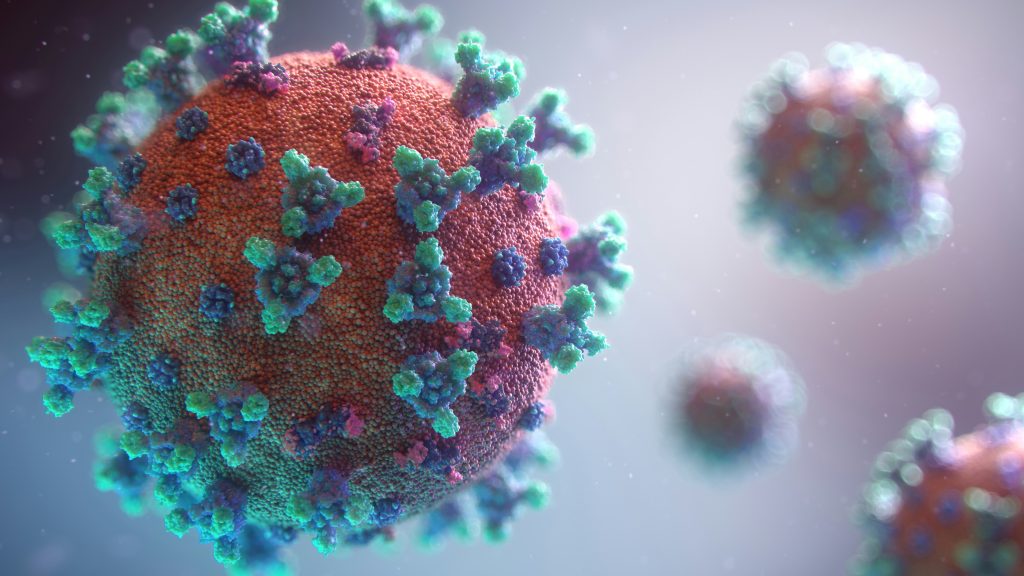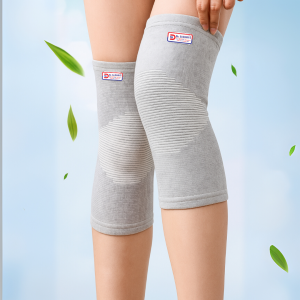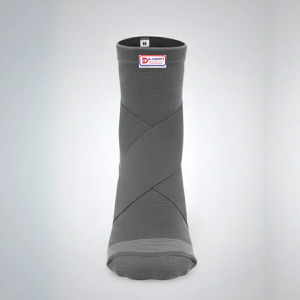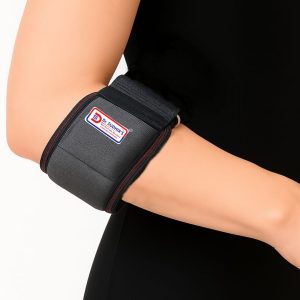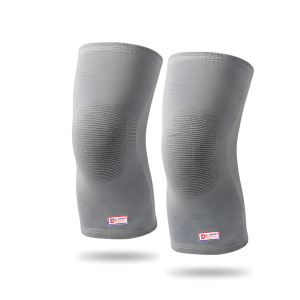In July 2025, the World Health Organization (WHO) sounded the alarm about a potential global outbreak of the chikungunya virussciencealert.com. Chikungunya is a mosquito-borne illness that causes sudden high fever and debilitating joint painwho.int. While this warning is serious, knowing how the virus spreads, its symptoms, and key prevention tips can help you stay safe and healthy.
What is Chikungunya Virus?
Chikungunya is an alphavirus first identified in Tanzania in 1952. Its name comes from a Tanzanian word meaning “that which bends up,” describing the stooped posture of patients with severe joint painwho.int. The virus has been detected in over 119 countries, putting an estimated 5.6 billion people at risksciencealert.com. Infection typically causes a sudden onset of fever and joint pain. WHO describes it as “a mosquito-borne viral disease that causes fever and severe joint pain”who.int. The joint pain can be intense and disabling. Most people recover fully, but some experience pain for weeks or months, and very rarely (less than 1%) the illness can be fatalsciencealert.comreuters.com.
Global Outbreak Alert
Public health officials warn that the global outbreak risk is rising. WHO experts note that the warning signs echo the large 2004–2005 epidemic, which affected nearly half a million people in island nations around the Indian Oceansciencealert.comreuters.com. Since early 2025, major outbreaks have appeared again in the same region: the islands of Réunion, Mayotte, and Mauritiussciencealert.comreuters.com. In fact, about one-third of Réunion’s population has likely been infected alreadysciencealert.comreuters.com. From there, the virus is spreading to nearby countries (Madagascar, Somalia, Kenya) and across South Asiasciencealert.comreuters.com. Even Europe is seeing imported cases – France has reported hundreds of chikungunya cases and a dozen local transmissions, and Italy has detected cases as wellsciencealert.comreuters.com. WHO officials stress urgent action to prevent history from repeatingsciencealert.comreuters.com. Importantly, they note the fatality rate is below 1%sciencealert.com, but if millions become infected even a small percentage means thousands of deaths.
Symptoms to Watch For
Chikungunya’s symptoms usually start 4–8 days after a mosquito bitewho.int. Common signs include:
-
High fever – often very sudden and above 102°F. who.int
-
Severe joint pain – especially in hands, feet, ankles and wrists. This pain is often crippling and may last days to monthswho.int.
-
Muscle aches, headache, fatigue, and nausea – similar to a bad fluwho.int.
-
Skin rash – a red rash is seen in many patientswho.int.
Most people feel better after a few days, but some can have lingering joint and muscle painwho.int. Unlike dengue, chikungunya rarely causes internal bleeding; however, the intense pain can be a long-term problem for some patients.
How Chikungunya Spreads
Chikungunya is spread when an infected Aedes mosquito bites youwho.int. The most common carriers are the Aedes aegypti and Aedes albopictus (“tiger”) mosquitoeswho.int. The tiger mosquito (pictured above) is of special concern – as the climate warms, it is moving into new areassciencealert.com. These mosquitoes bite mostly during daylight hours (peaking early morning and late afternoon)who.int. They breed in small containers of water (flower pots, buckets, old tires, etc.). If a mosquito feeds on a chikungunya patient, it can then transmit the virus to the next person it bites. The infection is not spread directly person-to-person.
Prevention Tips
To protect yourself from chikungunya, follow these prevention tips:
-
Use mosquito repellent and cover up. Apply EPA-approved repellent (containing DEET, picaridin or IR3535) to exposed skin, and wear long-sleeved shirts and pants when outdoorswho.intreuters.com. Aedes mosquitoes bite in daytime, so protect yourself especially in daylightreuters.com.
-
Eliminate standing water. Empty, clean or cover any containers that hold water (buckets, flower pots, bird baths, old tires) around your home. This removes breeding sites for Aedes mosquitoessciencealert.com.
-
Use screens and nets. Keep doors and windows screened to prevent mosquitoes from entering. In areas with active outbreaks, mosquito nets (even used during daytime naps) and indoor coils or insecticide vaporizers can provide extra protectionwho.int.
-
Stay informed and seek early care. Watch for local health alerts about chikungunya. If you develop high fever with severe joint pain, stay hydrated and consult a doctor. There’s no specific antiviral treatment, but doctors can help manage fever and pain (often with acetaminophen)who.int. Rest and fluids are important.
By following these simple steps, you can greatly reduce your risk. Communities can also spray insecticide in hard-hit areas and distribute information about chikungunya. Public health agencies advise staying alert but not panicking – with good prevention, most people can avoid getting bitten.
🔔 Stay Informed. Stay Empowered. Subscribe & Join Now:
📲 YouTube Channel
📱 WhatsApp Channel
We regularly share important health updates, prevention tips, and pain management strategies you can trust. Be part of our community that’s always one step ahead in health awareness and care.
Sources: Latest WHO and news reportssciencealert.comsciencealert.comwho.intwho.intwho.intreuters.comreuters.com on the chikungunya alert and prevention.

